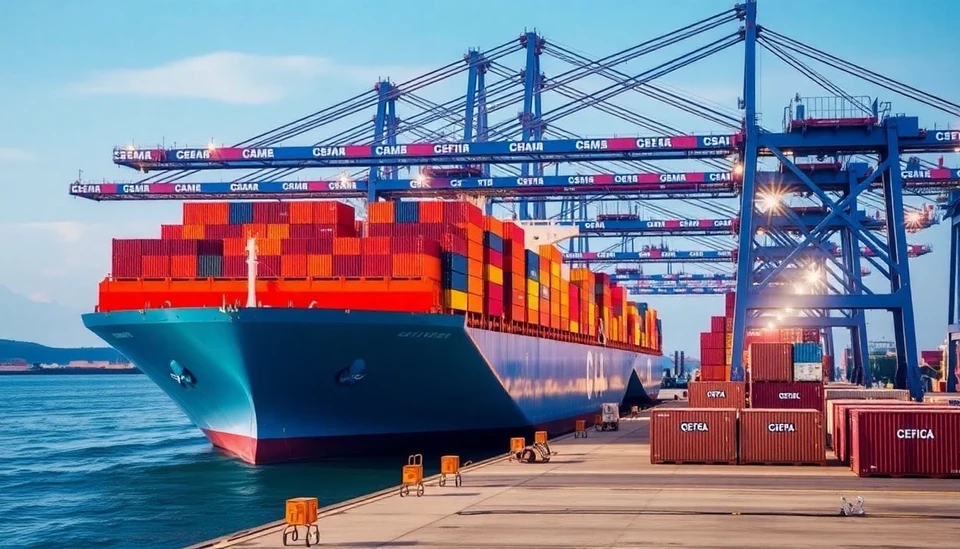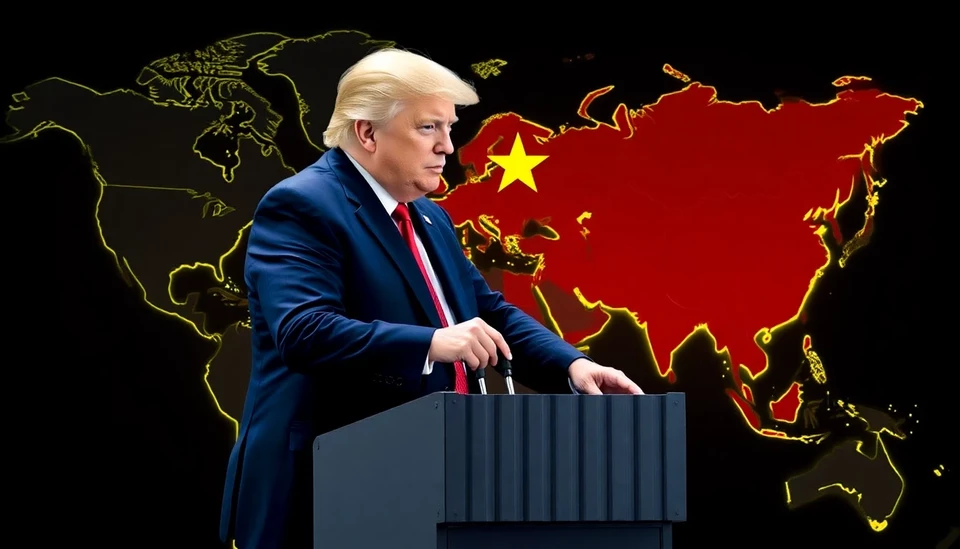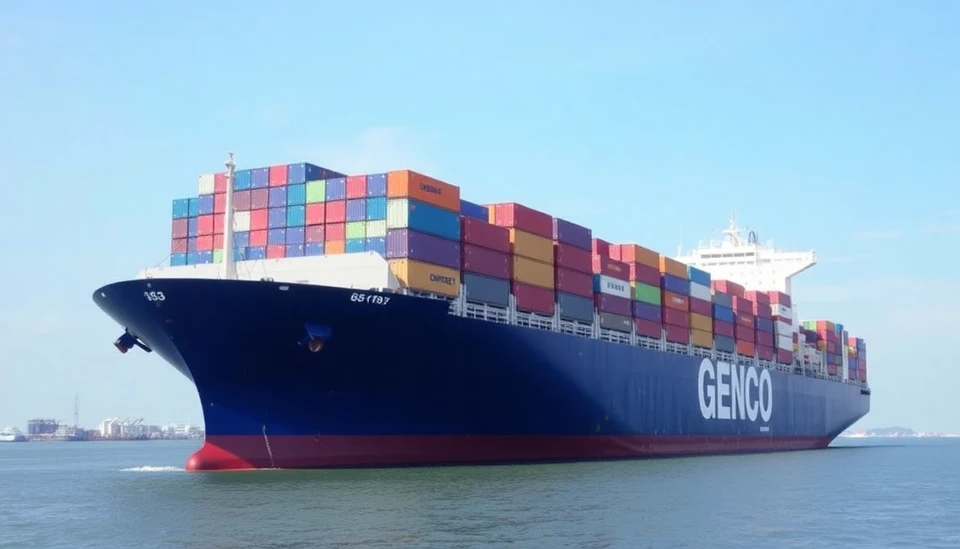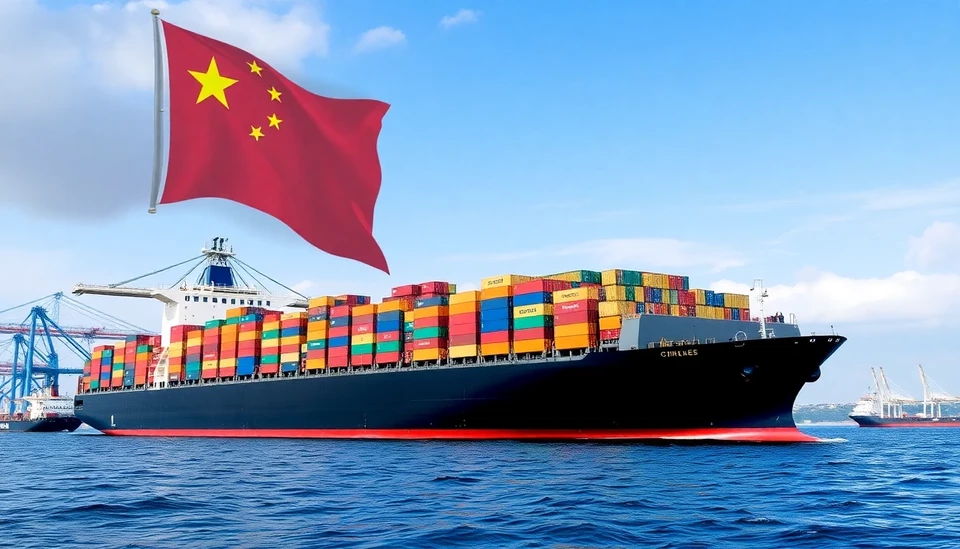
In recent months, a significant surge in port fees has been observed at various U.S. ports, predominantly attributed to Chinese shipping companies. This uptick in charges is reshaping the landscape of global trade and raising concerns among U.S. importers and exporters. The increasing costs incurred by these vessels are beginning to trickle down to consumers and businesses alike, impacting everything from commodity prices to retail goods.
Industry analysts are closely monitoring this situation, as the rise in fees not only poses challenges for American importers but could also alter the overall shipping strategies employed by companies worldwide. As these costs escalate, businesses are faced with tough decisions regarding their supply chains, potentially leading to shifts in sourcing practices and logistics approaches.
The backdrop to these developments is the intricate relationship between U.S. and Chinese trade practices. Geopolitical tensions and trade policies have long been contributing factors to the complexities of shipping fees and international trade flows. As U.S. regulators expand scrutiny of shipping companies and fees, historical precedents suggest that sustained periods of high fees may necessitate legislative actions to protect domestic industries.
Natural disasters and supply chain disruptions further add pressure to the situation. Companies are grappling with a precarious balance between rising shipping costs and the need to maintain efficient supply chains. As broader economic factors begin to influence the shipping industry, stakeholders are growing concerned about potential long-term repercussions.
Despite these challenges, some experts believe this could signal an opportunity for domestic companies to invest in alternative shipping solutions and technologies. The push for diversification in shipping routes and practices may mitigate some adverse impacts arising from reliance on established ports and shipping lines, making the overall process more resilient to future disruptions.
In conclusion, the escalation of ship fees at U.S. ports represents a pivotal moment in the global trade landscape. With significant implications for both U.S. businesses and consumers alike, stakeholders will need to remain vigilant as they navigate these tumultuous waters. The call for strategic adaptations has never been more pressing, and the future of international shipping hangs in the balance.
#ShippingFees #GlobalTrade #ChinaShipping #USEconomy #SupplyChainManagement #TradeRegulations #PortFees
Author: Laura Mitchell




